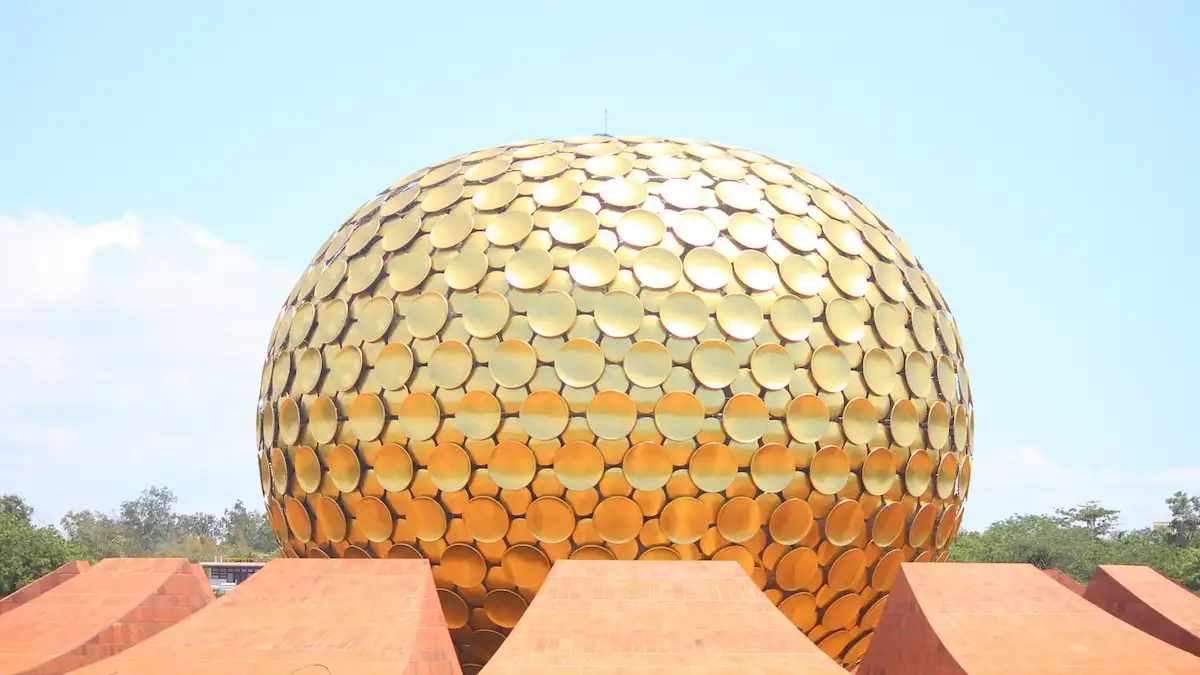The charming coastal enclave of Puducherry, often referred to as “Pondicherry,” holds a unique place in India’s history due to its colonial past.
Over the centuries, this picturesque town on the southeastern coast has been shaped by the influence of multiple colonial powers, resulting in a rich tapestry of heritage and culture.
In this article, we will explore Puducherry’s colonial history, tracing the footsteps of the French, Dutch, British, and Portuguese who left an indelible mark on this captivating region.
Dutch Incursion
Puducherry’s colonial history can be traced back to the early 17th century when the Dutch East India Company established a trading post here.
The Dutch, known for their maritime prowess, built a fort in the area and conducted trade with local merchants.
However, their influence in Puducherry was relatively short-lived, as they ceded the territory to the French in 1693.
French Connection
The French East India Company took control of Puducherry, making it the capital of their Indian territories in 1761.
Under French rule, Puducherry flourished as a significant trading port, attracting European settlers, and experiencing a cultural renaissance.
The town’s well-planned streets, beautiful architecture, and the pervasive French influence earned it the moniker “La Ville Blanche” or “The White Town.”
During the 18th and 19th centuries, Puducherry faced several conflicts and changing colonial dynamics.
The British captured the town in 1761 during the Anglo-French War but returned it to French control in 1765 under the Treaty of Paris.
British forces besieged Puducherry again in 1793 and 1814, eventually ceding it to the French for good in 1814.
The French legacy in Puducherry is still evident today in its architecture, cuisine, and way of life.
The French Quarter, with its colorful houses and bougainvillea-lined streets, exudes a distinct European charm.
French is one of the official languages, and French cuisine and culture are celebrated, making it a unique cultural enclave within India.
The British Era
While Puducherry remained a French possession, the neighboring region of Karaikal came under British rule in 1761.
The British maintained control over Karaikal until India gained independence in 1947.
The legacy of British influence is less pronounced in Puducherry compared to the French, but it is still an integral part of the region’s colonial history.
Portuguese Influence
Although the Portuguese are better known for their colonial presence in places like Goa, they did have a brief impact on Puducherry’s history.
In the 16th century, the Portuguese established a settlement in Puducherry but could not maintain a lasting foothold.
Their presence is still commemorated in the Church of Our Lady of Angels, a beautiful Catholic church that stands as a testament to their historical connection to the region.
Post-Independence and Union Territory Status
India gained independence from British colonial rule in 1947, leading to a wave of decolonization across the subcontinent.
In 1954, Puducherry was formally integrated into the Indian Union after a treaty with France. It became a Union Territory, which it remains to this day.
Puducherry’s colonial history continues to shape its identity, drawing tourists and history enthusiasts from around the world.
Its unique blend of French, Indian, and other colonial influences makes it a captivating destination where the past seamlessly intertwines with the present.
Conclusion
Puducherry’s colonial history is a testament to the enduring influence of various colonial powers on the cultural, architectural, and social fabric of this charming coastal town.
The French legacy, in particular, is deeply ingrained in its identity, making Puducherry a distinctive and captivating destination within India.
As visitors explore its cobblestone streets, savor its delectable cuisine, and admire its colonial architecture, they can’t help but appreciate the rich tapestry of history that defines Puducherry’s character.
